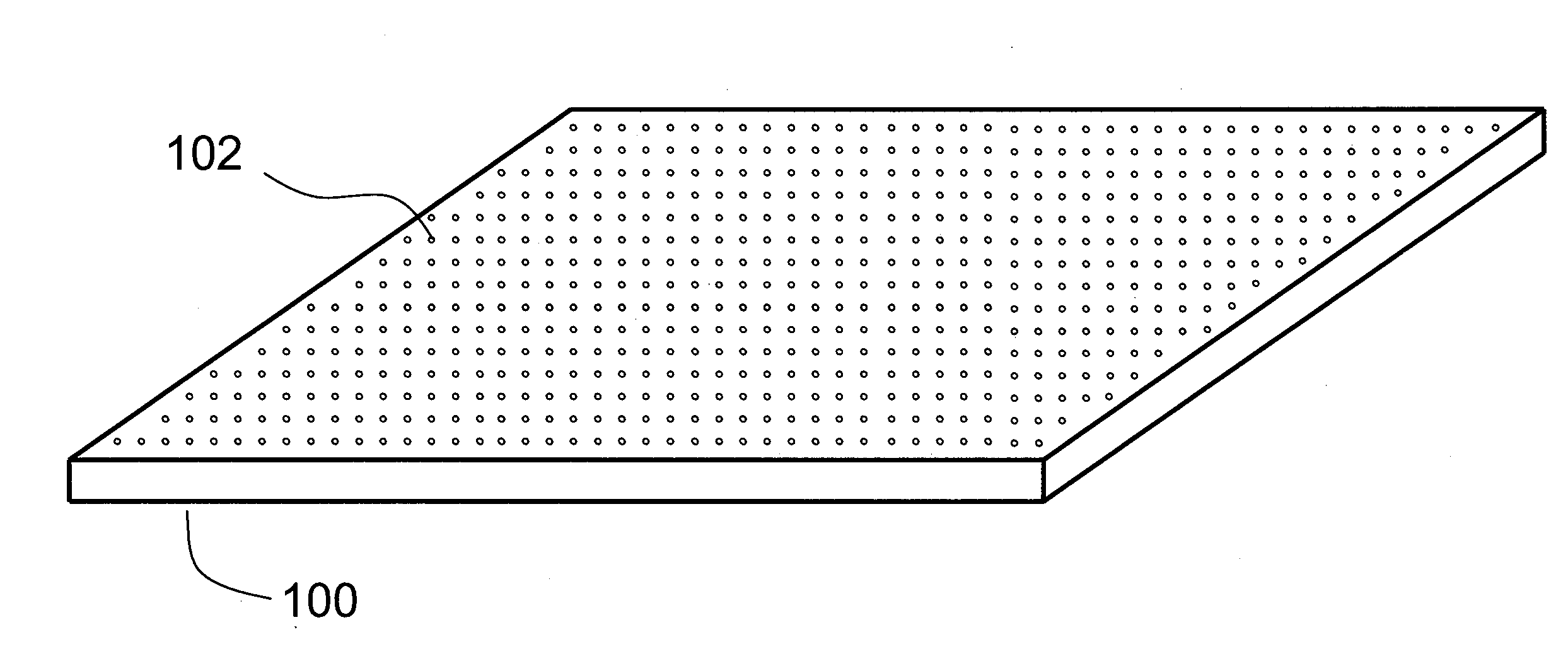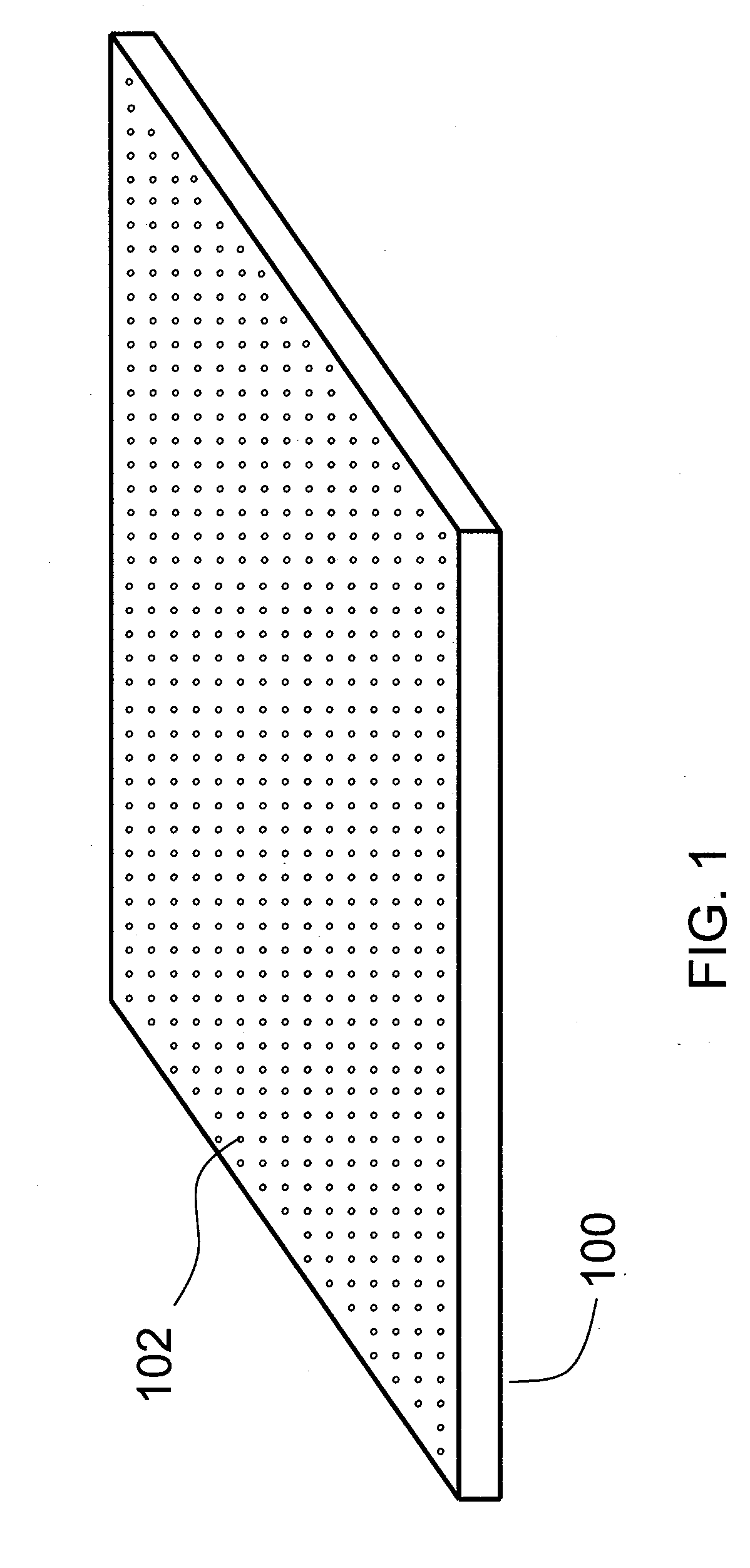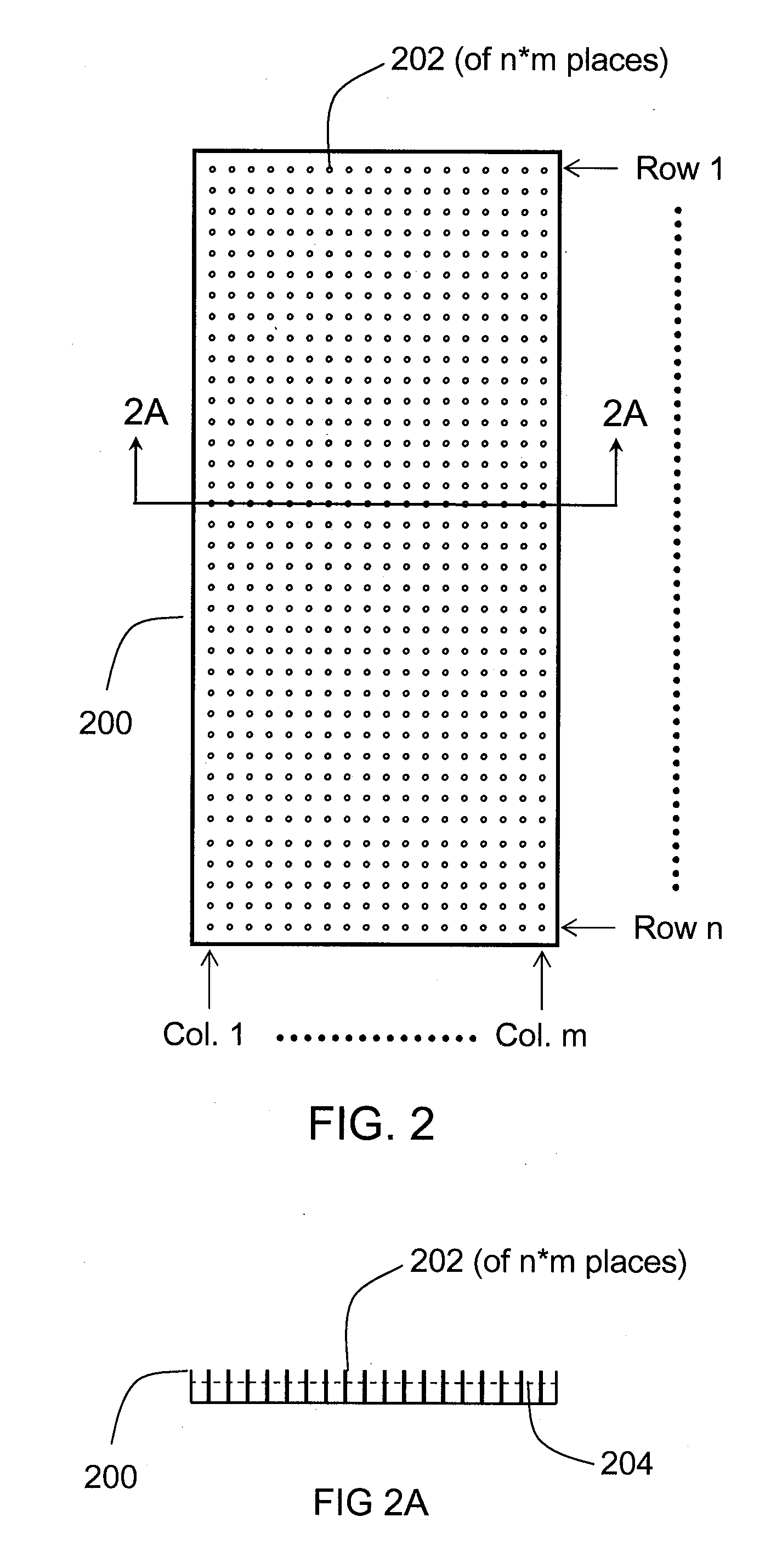Low embodied energy sheathing panels and methods of making same
a technology of low embodied energy and sheathing panels, applied in the direction of buttons, climate sustainability, solid waste management, etc., can solve the problems of poor indoor air quality, mold growth, unhealthy buildings, etc., and achieve the effect of reducing the environmental impact of its manufacture and high embodied energy
- Summary
- Abstract
- Description
- Claims
- Application Information
AI Technical Summary
Benefits of technology
Problems solved by technology
Method used
Image
Examples
Embodiment Construction
[0025]The following detailed description of embodiments of the invention is illustrative only and not limiting. Other embodiments will be obvious to those skilled in the art in view of this description. The example embodiments are in such detail as to clearly communicate the invention. However, the amount of detail offered is not intended to limit the anticipated variations of embodiments; but, on the contrary, the intention is to cover all modifications, equivalents, and alternatives falling within the spirit and scope of the present invention as defined by the appended claims. Various changes in the details may be made without departing from the spirit, or sacrificing any of the advantages of the present invention. The detailed descriptions below are designed to make such embodiments obvious to a person of ordinary skill in the art.
[0026]The novel processes as described herein for manufacturing a low embodied energy novel sheathing panel lessen the environmental impact created by ...
PUM
| Property | Measurement | Unit |
|---|---|---|
| Fraction | aaaaa | aaaaa |
| Fraction | aaaaa | aaaaa |
| Fraction | aaaaa | aaaaa |
Abstract
Description
Claims
Application Information
 Login to View More
Login to View More - R&D
- Intellectual Property
- Life Sciences
- Materials
- Tech Scout
- Unparalleled Data Quality
- Higher Quality Content
- 60% Fewer Hallucinations
Browse by: Latest US Patents, China's latest patents, Technical Efficacy Thesaurus, Application Domain, Technology Topic, Popular Technical Reports.
© 2025 PatSnap. All rights reserved.Legal|Privacy policy|Modern Slavery Act Transparency Statement|Sitemap|About US| Contact US: help@patsnap.com



